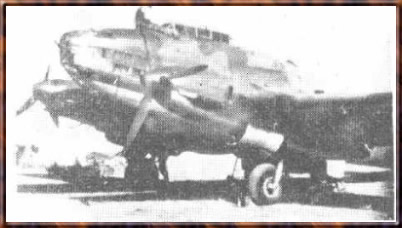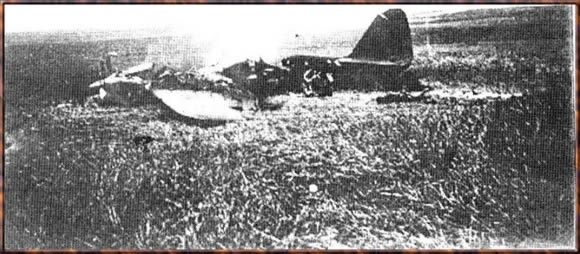There was fierce combat behind the frontline as well. In the
first days of the war, the VVS tried to launch numerous raids ( although
each one was carried out only by a handful of planes ) deep into Romanian
territory. The main targets were the Constantza harbor, the strategically
vital bridge over the Danube at Cernavoda, the capital, Bucharest, and,
last but not least, the all-important oilfields and refineries around
Ploiesti. However, since the raids had adopted a predictable pattern (
almost always coming from the Black Sea, in daytime ) and were carried
out by obsolete planes, flying at very limit of their combat range, little
or no damage has been done to any target. The Romanian and German pilots
tasked with air defense also took advantage of this situation and managed
to score an impressive number of kills.

